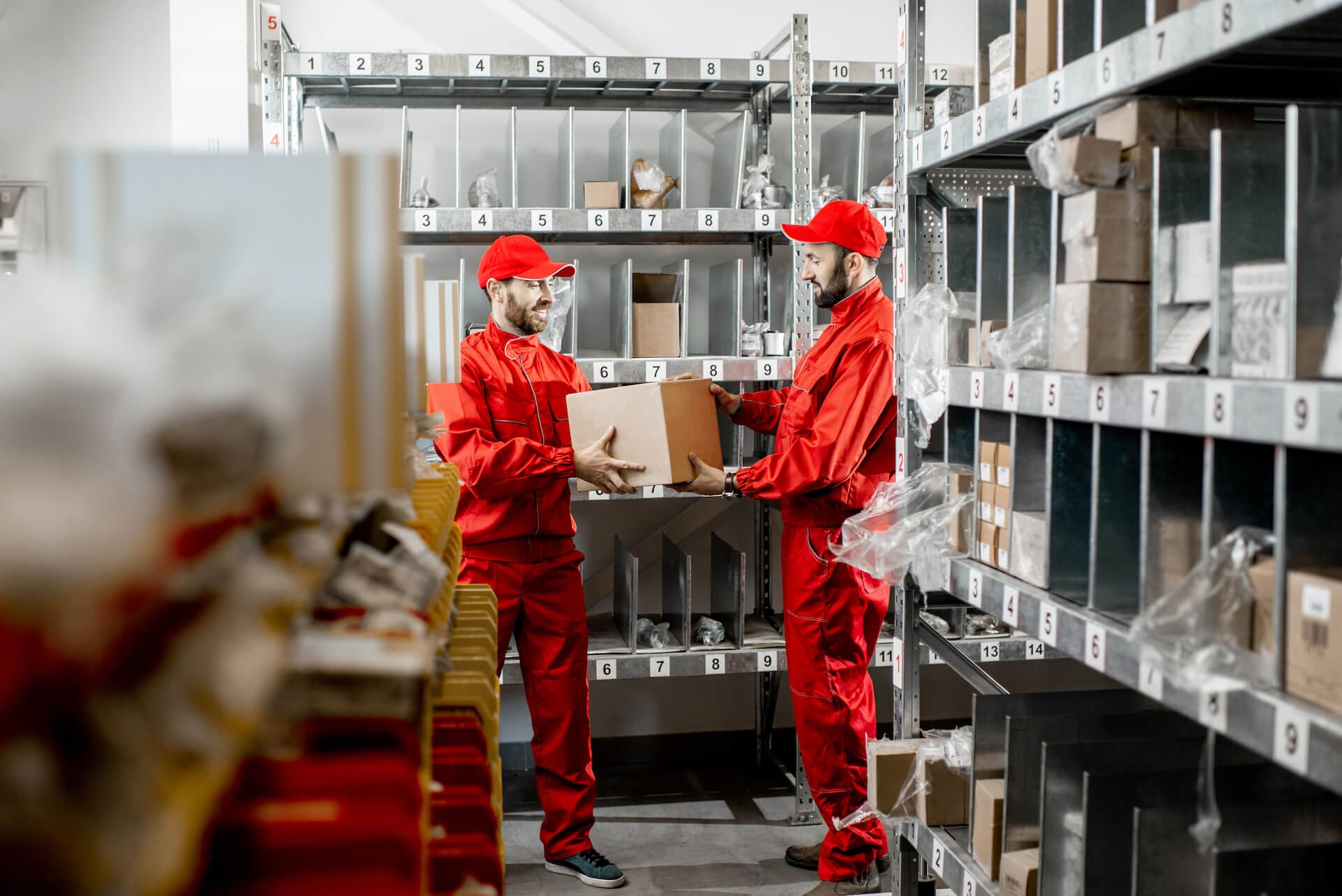Climate controlled warehouses are kept at a consistent temperature that is above freezing and below 80 or 90 degrees. This keeps your inventory safe from extreme temperatures and humidity before it reaches customers.
According to a recent study that looked at the revenue of the U.S. warehousing and storage industry from 2009 to 2021, the industry grew the most in 2021, generating almost $50.5 billion in revenue. As industries continue to grow in response to consumer spending, it’s important that they utilize climate-controlled warehouses to prevent a variety of issues.
A few industries that use climate-controlled warehouses include:
- Food and Beverage
- Medical Devices
- Supplements
- Makeup
Food and Beverage
As found in a recent report, the global food and beverage market reached a value of nearly $5,943.6 billion in 2019. It’s expected to reach $7,527.7 billion by 2023 and grow to $11.979.9 billion in 2030. It is one of the biggest industries in the world and depends on climate-controlled warehouses to keep inventory from spoiling or getting damaged. The shelf life of non-refrigerated goods will decrease greatly if exposed to extreme hot or cold temperatures.
Inconsistent temperatures can cause bacteria to grow and lead to a variety of illnesses. The temperature at which bacteria can quickly grow and multiply ranges from 68 to 113 degrees Fahrenheit, depending on the product. Bacteria can also grow and survive between 41 and 149 degrees Fahrenheit. By using climate-controlled warehouses, the growth of bacteria is prevented and allows companies to keep their goods as fresh as possible.
Medical Devices
If you spend a lot of time outdoors in the summer, your phone battery can sometimes overheat and lead to long-term problems with the battery’s ability to charge properly. The same thing can happen with medical devices that use batteries and aren’t stored in climate-controlled areas. Certain devices also require specific cold temperatures to keep them sterile.
Another necessary component to keeping medical devices safe is keeping them away from any possible harmful chemicals or pollutants. In a climate-controlled environment, the air quality is maintained and prevents devices from coming in contact with pollutants like carbon dioxide and nitrogen monoxide.
Supplements
While a lot of vitamins and supplements can have a long shelf life, that is only possible if they’re kept in stable temperatures. Increases in heat can cause supplements, like those that use gelatin, to melt and high humidity levels can cause them to go bad far before their expiration date. Climate-controlled environments ensure that the product reaches the consumer with its expected shelf life intact.
Makeup
Temperature plays an important role in the manufacturing and storage of makeup. Products like lotions, gels, perfumes, and lipstick, use a variety of ingredients that are very sensitive to temperature changes. Extreme heat can cause makeup products to melt and separate while extreme cold can make them crack. The packaging the makeup is in can also be damaged such as plastic lipstick tubes or the plastic coating that keeps the product sealed.
The manufacturing process for makeup utilizes a variety of molds and products that are heated and cooled. Heat can cause the molds to expand or contract which leads to inconsistencies with products and other issues. However, climate-controlled warehouses prevent all of these issues and can increase customer satisfaction as they’ll receive the exact product they’re expecting.
Let the Experts at M&W Logistics Help You
No matter what industry you’re in, our expert team at M&W Logistics is your solution to any of your climate-controlled warehousing needs.
Contact us today to learn more about our warehousing and 3PL services.

